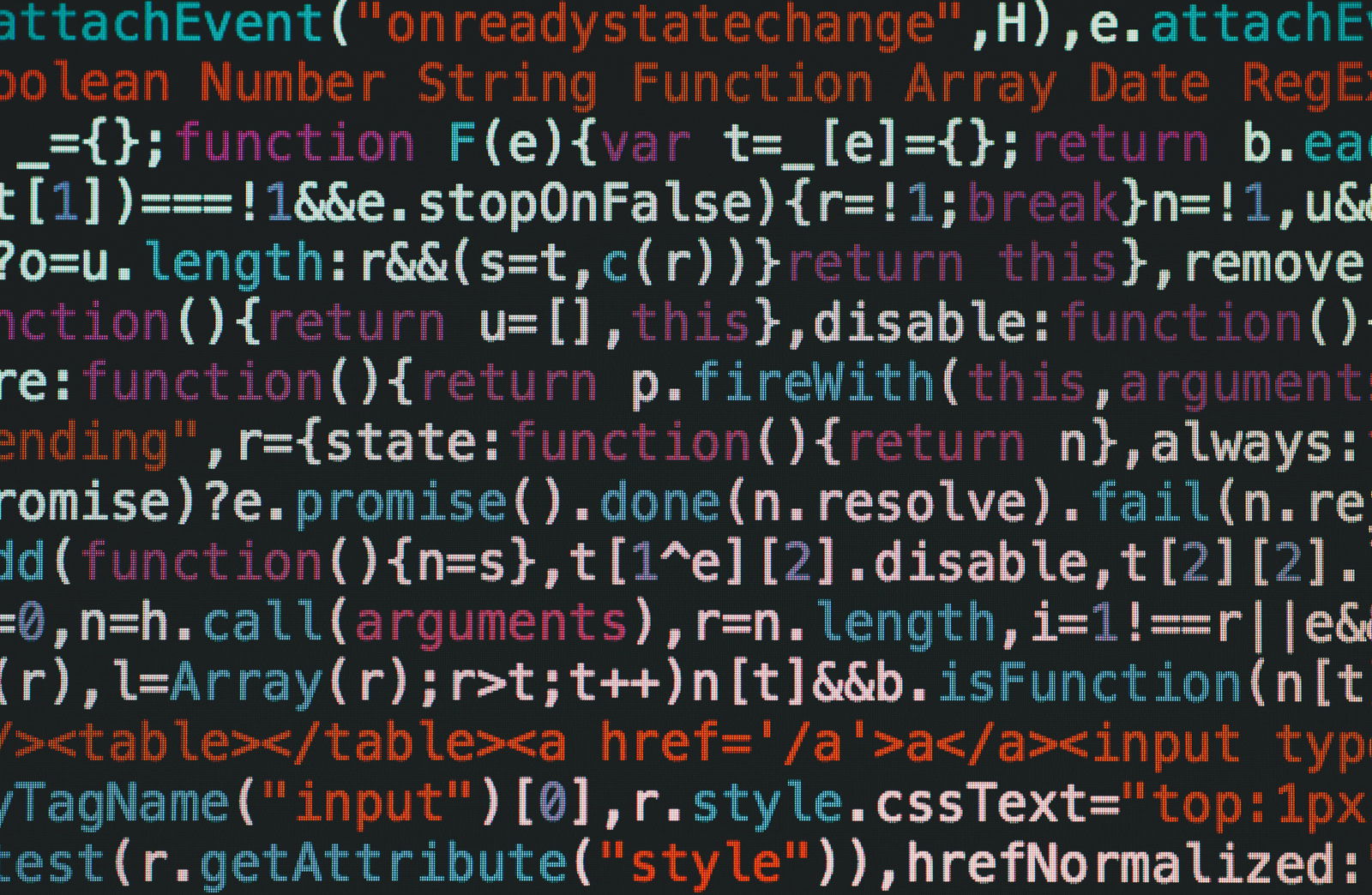
How to pass a technical interview (and survive live coding)
Table of contents
Quick Access

Technical interviews can feel like the final boss of the hiring process. Sending your CV and discussing your experience is one thing. But sitting in front of a blank code editor, with someone watching every keystroke? That’s a whole different challenge. For many, the most challenging moment is the live coding test interview.
And if you’re still in the stage of polishing your resume so it actually gets you to those interviews, we recommend this guide on how to create a programmer CV that truly stands out.
The mind goes blank. Even a simple for loop fades away. The pressure slows your fingers, making them lag behind your thoughts. Has that ever happened to you? You’re not alone. The good news is that you can prepare for this challenge. You can practice and even enjoy it if you plan wisely.
What interviewers really look for in a live coding interview
Before talking hacks or tips, it’s key to understand the real purpose of a technical interview.
Spoiler: they’re not expecting you to be a flawless algorithm machine. What they evaluate the most is:
- Logical thinking: how you break down a problem into smaller steps.
- Communication: how you explain what you’re doing in real time.
- Resilience: how you react when you get stuck or make a mistake.
- Best practices: even if your solution isn’t optimal, is it clear, readable, and structured?
In other words: it’s not just about the final result, but how you get there.
Train like it’s a sport
Live coding can’t be beaten with theory, it takes practice. Think of it like training for a race: reading about running isn’t enough, you need to hit the track.
Platforms like LeetCode, HackerRank, CodeSignal, and CodeWars are your best sparring partners. But careful: don’t obsess over solving 100 problems a day. Train regularly and in settings that mimic the real interview.
- Set a 20–30 minute timer.
- Explain out loud what you’re doing.
- Start with easy problems and scale gradually.
Over time, you’ll notice your brain begins to recognize patterns.
Learn to think out loud
A common mistake among juniors is staying silent while coding. From the outside, that looks like you’re stuck. Instead, speaking out loud—even when unsure—shows clarity:
- “I’ll start by validating the input…”
- “I think a loop is the best option here…”
- “If this edge case happens, I’ll need to handle it like this…”
This matters because interviewers don't expect perfect answers. They want to see your reasoning and how you'd tackle a real project. Thinking out loud is like exposing your internal debug.
Handle nerves like bugs
The most common bug in an interview isn’t in the code, it’s in the nerves. Anxiety can make you forget even the basics. A few tricks:
- Breathe before you start, literally.
- Break the problem down into small steps: first pseudocode, then syntax.
- Own your mistakes: if you slip, say it and correct it. That shows maturity.
Interviewers understand that stress can hinder performance. They prefer the ability to bounce back over being perfect.
Prepare by watching real examples
If you’ve never been in a live coding session, it can feel like walking into unknown territory. That’s why one of the best preparations is watching how others face it.
Look up videos of live coding interviews on YouTube. Watching how someone else answers, pauses, or explains choices creates a mental map for you. So when your turn comes, you’ll know what to expect and how to pace yourself.
Set up your work environment
Something few people mention: the technical environment matters too. Practice with basic editors, like the ones on coding platforms. During interviews, you won’t have your magic snippets or the IDE’s autocomplete. Get comfortable with the essentials:
- Handling arrays and strings.
- Loops, conditionals, basic recursion.
- Simple time and memory operations.
A clean, distraction-free setup helps you focus on what matters: solving the problem.
The role of soft skills in technical interviews
Remember, while coding is key, interviewers also watch your attitude. Staying calm, being humble, and admitting what you don’t know are as important as solving the algorithm. Also, being open to suggestions matters too.
In short: live coding isn’t just a technical exam, it’s also a test of how you’d work in a team under pressure.
Your best deploy is in the practice
Live coding isn’t a punishment. It simulates real life in development. You get a problem, analyze it, solve it, and then explain it. From one dev to another: no one expects perfection. What they expect is logic, clarity, and the ability to learn on the spot.
Every attempt, every mistake, every practice is like another commit in your career. Some will fail, some will compile perfectly, but in the end, the deploy always goes live.
Push your career forward
Looking for a junior developer job to put your skills into practice? Explore our open positions at Rootstack Jobs.